What is a tsuba
The tsuba is the katana’s hand guard, not to be confused with the tsuka (handle). While their names may look similar, they serve very different functions. The fittings of a samurai sword are not merely functional—they are exquisite works of art that reflect social rank, personal taste, and technical mastery. Among these, the tsuba (guard), kozuka (small knife handle), and menuki (handle ornaments) stand out as both protective devices and symbols of the sword owner’s identity and aesthetic sensibility.
Table of Contents
- The Tsuba: The Samurai’s Shield and Signature
- Tsuba Artistry: Materials, Design, and Craftsmanship
- Historical Tsuba Styles and Schools
- Menuki: Symbols of Grip and Status
- Kozuka: Utility and Ornamentation
The Tsuba: The Samurai’s Shield and Signature
First, it protects the hand from sliding onto the blade or being struck by an opponent’s weapon. Second, it acts as a lever point for drawing and sheathing the blade quickly. Third, especially in the Edo period, it became a key symbol of status and taste—akin to a samurai’s “face” when seen by others.
Every tsuba includes a central opening (nakago-ana) for the tang and may feature two additional holes: the kozuka-hitsu-ana for a utility knife and the kogai-hitsu-ana for a decorative hairpin. The presence, absence, and shape of these holes often indicate the period and style of the mounting.
Tsuba Artistry: Materials, Design, and Craftsmanship
Tsuba evolved from simple, practical iron plates into highly artistic creations. Before the Momoyama period, most tsuba emphasized durability and simplicity. During and after this period, decoration flourished.
Materials ranged from iron—valued for its strength and ability to age gracefully—to sophisticated copper alloys mixed with silver, tin, and lead for varied colors and textures. Techniques included:
- Inlay (Zogan): Silver, gold, or other metals were embedded into the surface in patterns.
- Carving: High relief (takabori), fine engraving, and openwork (sukashi).
- Surface texturing: Mimicking wood grain (mokume-ji), stone texture (ishime-ji), or fish roe (nanako-ji), requiring immense patience and precision.
Designs reflected the samurai’s clan, beliefs, or personal taste: dragons, birds, plants, geometric patterns, or even poetic inscriptions. Tsuba artisans, or tsubako, often studied painting and calligraphy to enhance their designs. The level of craftsmanship made the tsuba the most collectible part of sword mountings, with value influenced by creativity, material, technical execution, artist signature, and condition.
Historical Tsuba Styles and Schools
Tosho and Katchushi Tsuba: Early tsuba made by swordsmiths and armorers, usually simple iron guards with openwork motifs symbolizing nature or victory.
Kyo Sukashi: Kyoto-made, delicate openwork tsuba renowned for elegance, often depicting seasonal plants and animals.
Owari Sukashi: Robust, practical tsuba with bold openwork, popular among warriors.
Yamakichi and Hoan: Schools from Owari region, emphasizing strength and rustic beauty, using hammered iron and minimal decoration.
Each school reflected regional aesthetics and functional demands, with later Edo period styles favoring elaborate inlays and storytelling designs.
In addition to the tsuba, a katana often includes smaller fittings such as the menuki and kozuka.
Menuki: Symbols of Grip and Status
Menuki are small, ornamental grips beneath the handle wrapping. Originally designed to improve grip, they became symbols of artistic expression. Common themes included animals, mythological creatures, plants, and legendary heroes.
Proper placement dictated that animal figures faced the blade tip to prevent loosening. Some menuki bore signatures (menuki-mei), adding value and providing clues to the craftsman’s lineage.
Kozuka: Utility and Ornamentation
The kozuka is the handle of a small utility knife, often purely decorative in ceremonial swords. While early kozuka were functional, later examples omitted blades or used bamboo substitutes, emphasizing artistic embellishment instead.
Like the tsuba and menuki, kozuka designs varied widely and often matched the overall koshirae theme. Craftsmen employed intricate carving, inlays, and patinas, turning even this minor fitting into a canvas for creativity and status display.
Note: While small in size, the tsuba, kozuka, and menuki capture the spirit of the samurai. Through their craftsmanship and symbolism, these fittings elevate the sword beyond a mere weapon into a cherished work of art and cultural heritage.
Read more
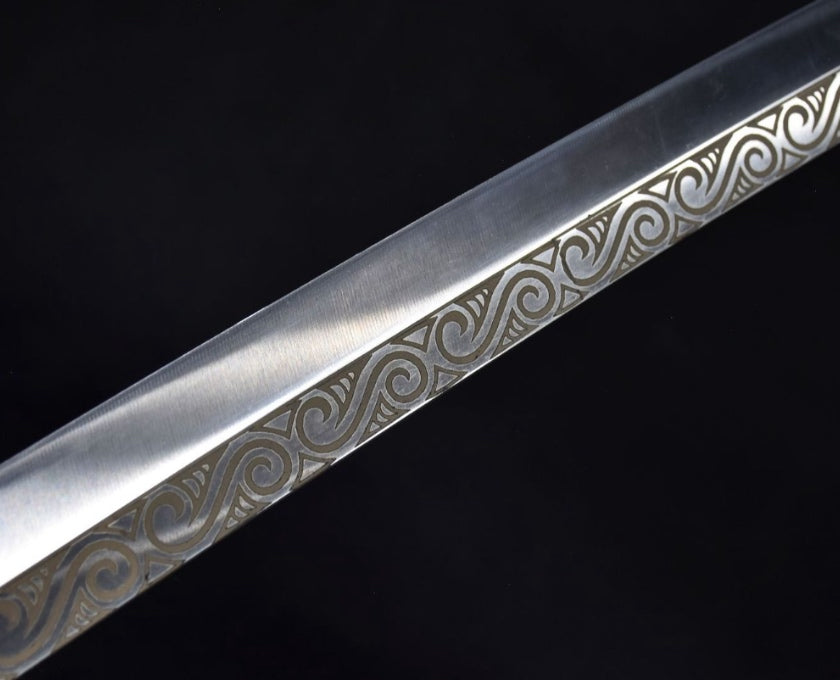
While the Japanese sword is a weapon, it also serves as a canvas for exquisite artistry. Engraving, or horimono, transforms the blade into a spiritual and aesthetic masterpiece, reflecting both th...

Discover the many styles of samurai sword mountings, or koshirae, from practical designs like Higo and Satsuma to the elegant Yagyū style. Learn how each reflects martial tradition and personal exp...
Shop katana
Our katana store offers a wide selection of japanese swords — from traditional katanas and anime-inspired designs to fully functional blades — featuring a variety of materials and craftsmanship to suit your preferences.

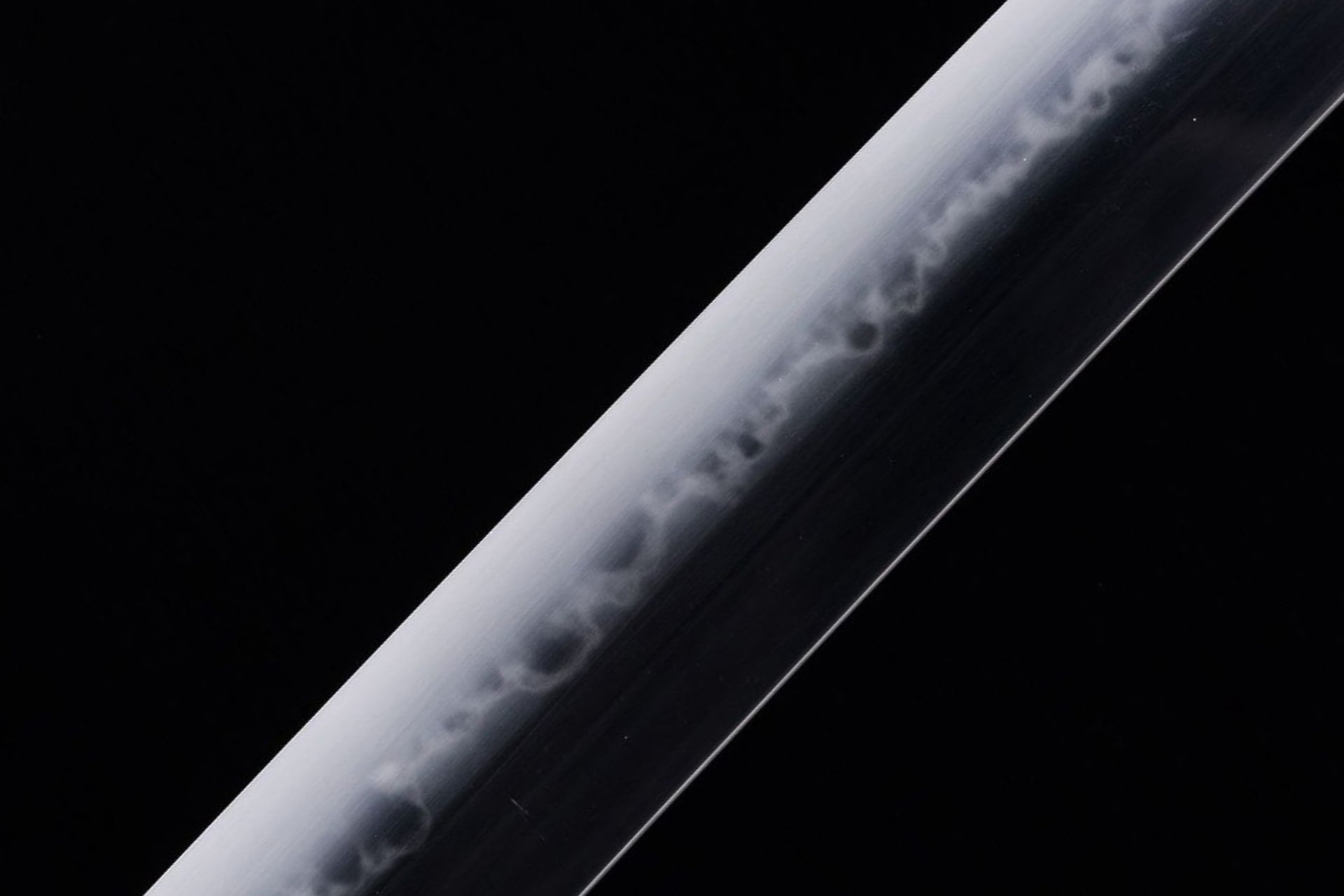
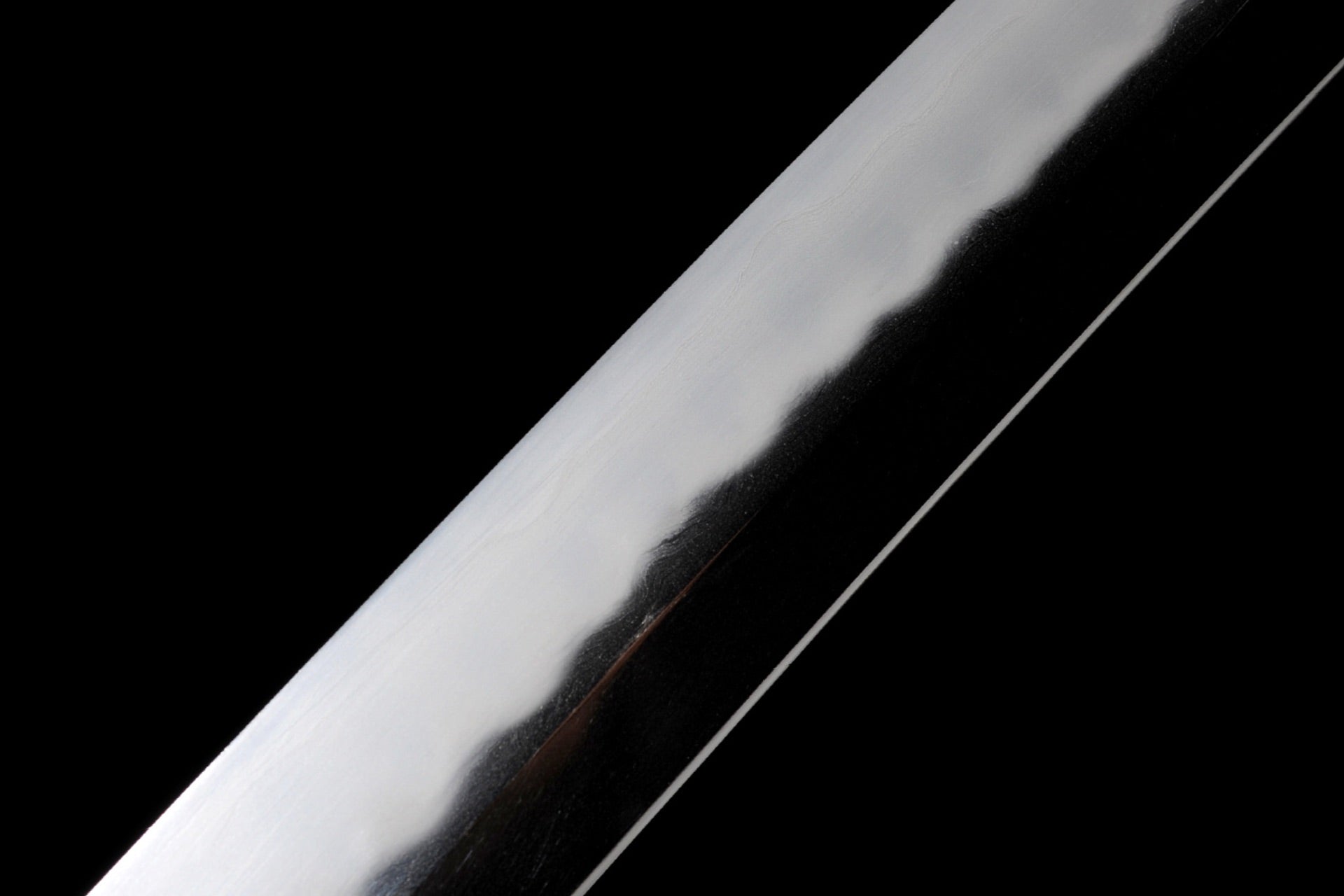
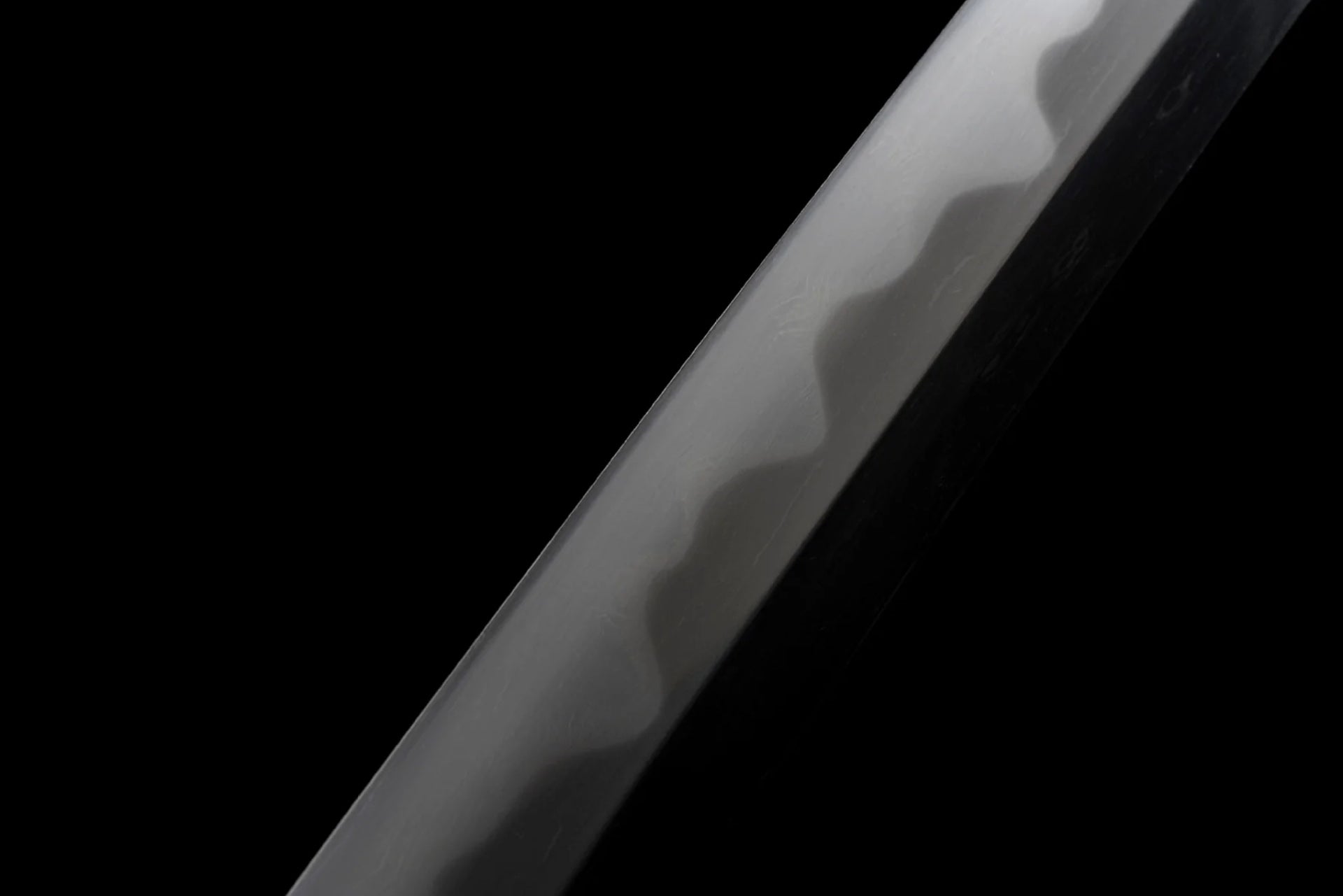

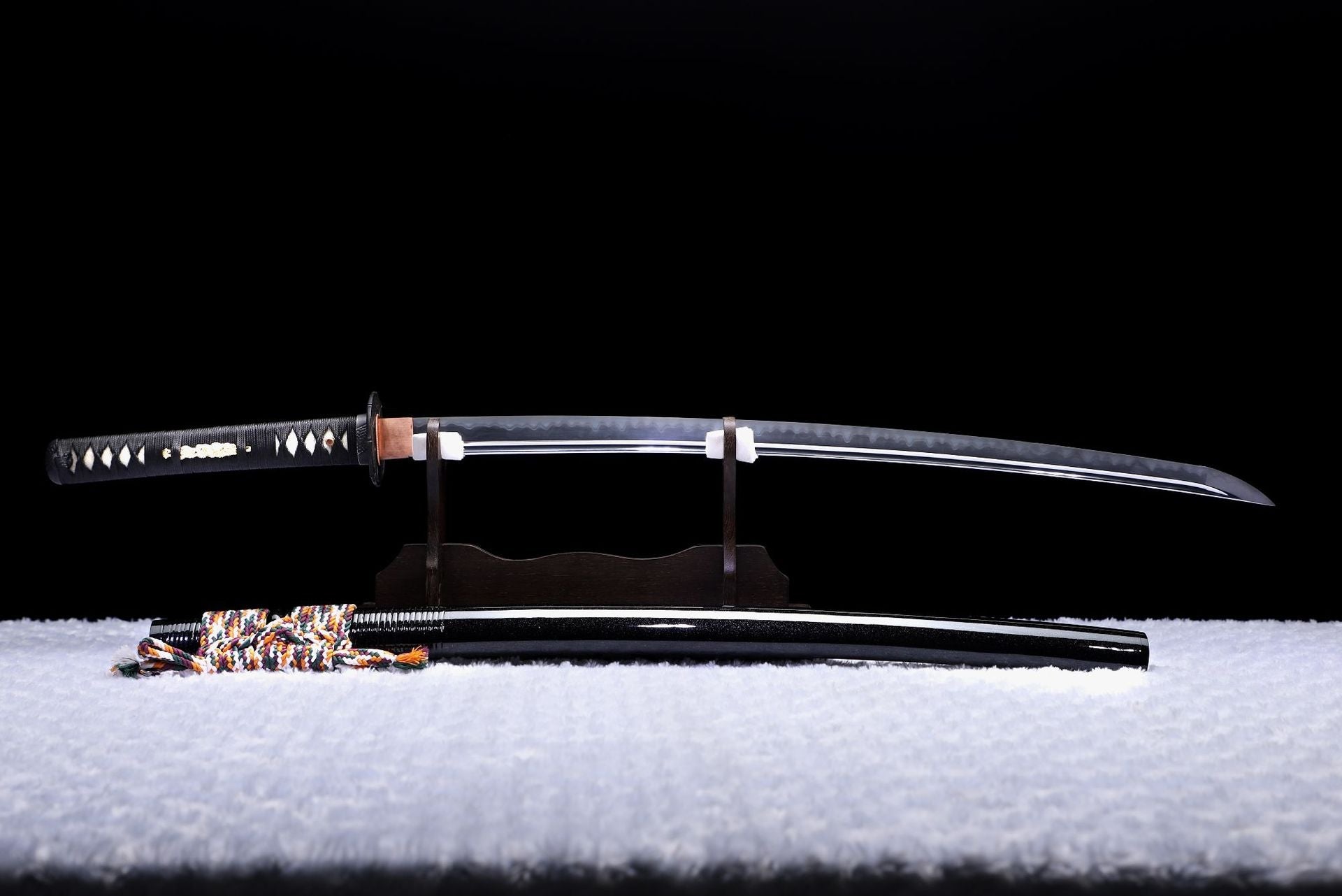
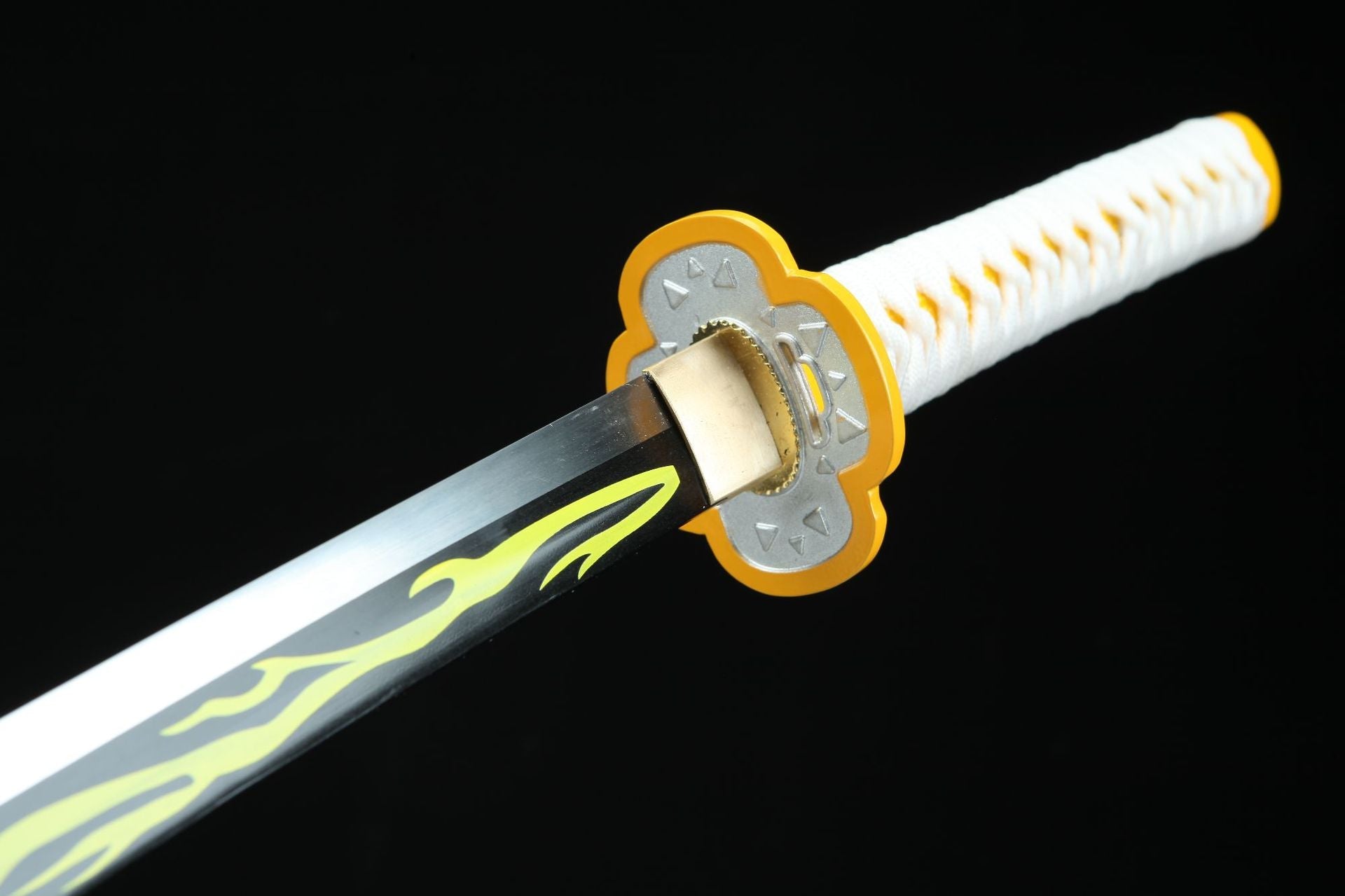
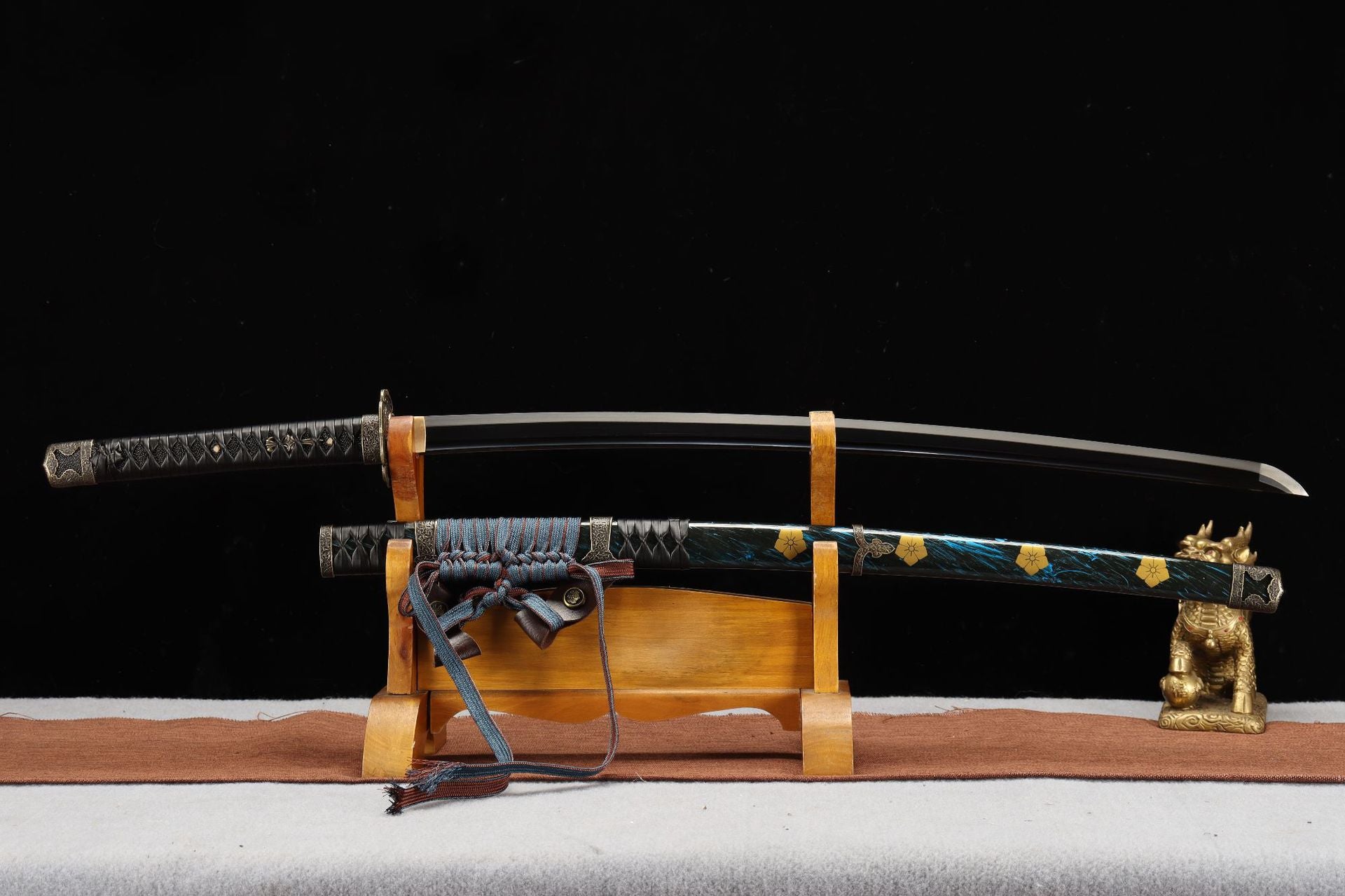
Leave a comment
All comments are moderated before being published.
This site is protected by hCaptcha and the hCaptcha Privacy Policy and Terms of Service apply.